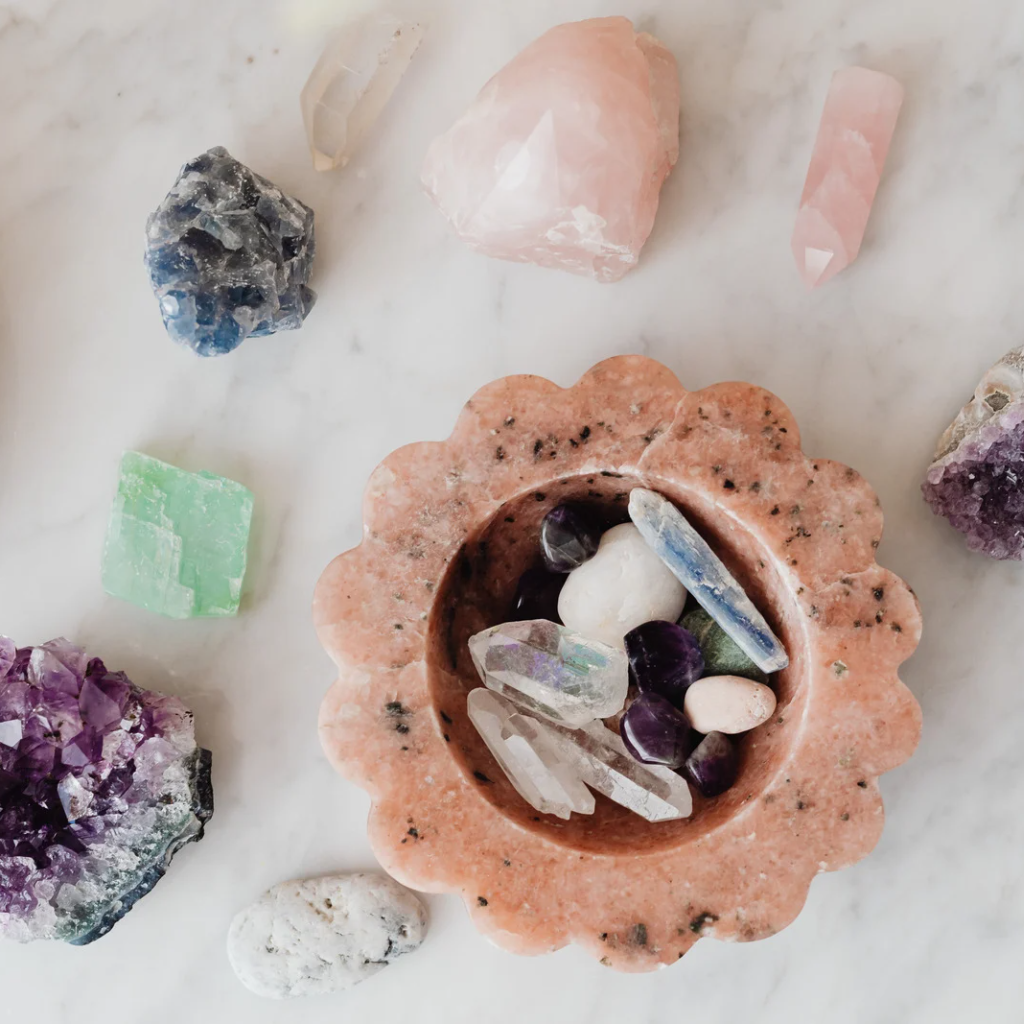The Difference Between Yoga And Stretching
Yoga and stretching are two activities that are often grouped together, but they are not the same thing. While they share some similarities, there are some key differences between the two that can affect your decision to practice one over the other.

What Is Stretching?
Stretching is the process of lengthening your muscles, often with the goal of increasing flexibility and range of motion. Stretching is a form of physical exercise that involves the deliberate and controlled extension, lengthening, or flexing of muscles and joints to enhance their flexibility, range of motion, and overall functionality. Stretching can be done either before or after physical activity or as a standalone routine. It is an important component of any workout regime as it helps to warm up the body, prevent injuries, and improve overall performance.
There are different types of stretching techniques that can be used depending on the goal and preference of the individual. Static stretching, for example, involves holding a specific stretch position for a set period of time, whereas dynamic stretching involves more movement and stretching while on the move. Additionally, proprioceptive neuromuscular facilitation (PNF) stretching is a more advanced technique that involves contracting and relaxing the muscle groups being stretched.
Overall, stretching is a low-impact activity that can be done by people of all ages and fitness levels. It can improve flexibility, reduce muscle tension and soreness, enhance circulation, and improve overall mobility. Regular stretching, when done properly and with proper guidance, can help individuals maintain a healthy and active lifestyle.
What Is Yoga?
Yoga, on the other hand, is a holistic practice that combines physical postures (asanas), breathing techniques (pranayama), meditation, and mindfulness. Yoga has been practiced for thousands of years and has numerous physical and mental health benefits, including increased flexibility, strength, balance, and relaxation.
One of the key advantages of practicing yoga is the mental engagement it promotes. During a yoga class, the instructor will encourage you to remain centered and focused by regulating your breathing. This ability to stay mindful during your yoga practice is not only a valuable skill, but it also increases awareness of your body, leading to a more engaging and fulfilling workout experience. In addition to mindfulness, breathing plays a significant role in your yoga practice, as it is linked with the movement of your body through various poses, helping you to maintain balance and composure.
In contrast, when stretching on your own outside of a yoga class, there is no need for specific breathing techniques, and you can breathe normally.
For those new to yoga, it's essential to keep in mind that classes can vary in terms of mobility requirements. Discussing any physical limitations or concerns with your yoga instructor can help them customize your practice to your specific abilities and recommend beginner-level classes. At our studio, we suggest starting with our Yin or Restorative + Yoga Nidra classes, which can provide a supportive and comfortable introduction to yoga. This approach can enhance your overall experience and assist in relieving any discomfort or soreness you may have.
While stretching can improve flexibility and range of motion, it is typically more focused on the physical aspect of movement. Yoga, on the other hand, encompasses a broader approach to movement, with a focus on both physical and mental health.
Let's take a closer look at some examples of stretching and yoga to better understand the differences between the two.
Examples of Stretching:
- Hamstring Stretch: This stretch involves sitting on the ground with your legs straight in front of you, then reaching forward to touch your toes.
- Quadricep Stretch: Stand on one leg, bend your other leg at the knee, and bring your heel up to your buttocks, then hold your foot with your hand and gently pull your heel towards your buttocks.
- Shoulder Stretch: Stand with your arms at your sides, then reach one arm across your chest and hold it with your other arm, gently pulling it towards your chest.

Examples of Yoga:
- Downward-Facing Dog (Adho Mukha Svanasana): This pose involves starting on your hands and knees, then lifting your hips up and back to create an inverted V-shape with your body.
- Warrior II (Virabhadrasana II): This pose involves standing with your feet apart, then turning one foot out and bending the knee, while keeping the other foot straight. Your arms are extended out to the sides.
- Tree Pose (Vrksasana): This pose involves standing on one leg, then bringing the sole of the other foot to rest against the inner thigh of the standing leg.
How Long Should One Stretch Vs Practice Yoga?
The duration of stretching and yoga practices can vary depending on the individual and their goals. With stretching, it's recommended to hold each stretch for 15-30 seconds and repeat 2-4 times. You can stretch daily, but it's important to not overdo it and cause injury. With yoga, the duration of a practice can vary widely depending on the type of yoga and the individual's preference. A typical yoga class may be anywhere from 45 minutes to 90 minutes, but there are also shorter and longer practices available. It's recommended to practice yoga at least 2-3 times a week to experience its benefits, but again, it's important to listen to your body and not push yourself too hard.
When Should Someone Choose Yoga Over Stretching, or Vice Versa?
If you're looking to simply increase your flexibility or range of motion, stretching may be the better option. However, if you're looking for a more holistic approach to movement and want to improve your physical and mental health, then yoga may be the better choice. Additionally, if you're dealing with stress or anxiety, yoga's focus on breathing and mindfulness can be particularly helpful.
In summary, while stretching and yoga share some similarities, they are not the same thing. Stretching is primarily focused on improving flexibility, while yoga encompasses a more holistic approach to movement, with a focus on physical and mental health. Ultimately, the choice between the two will depend on your individual goals and needs.


Leave a comment